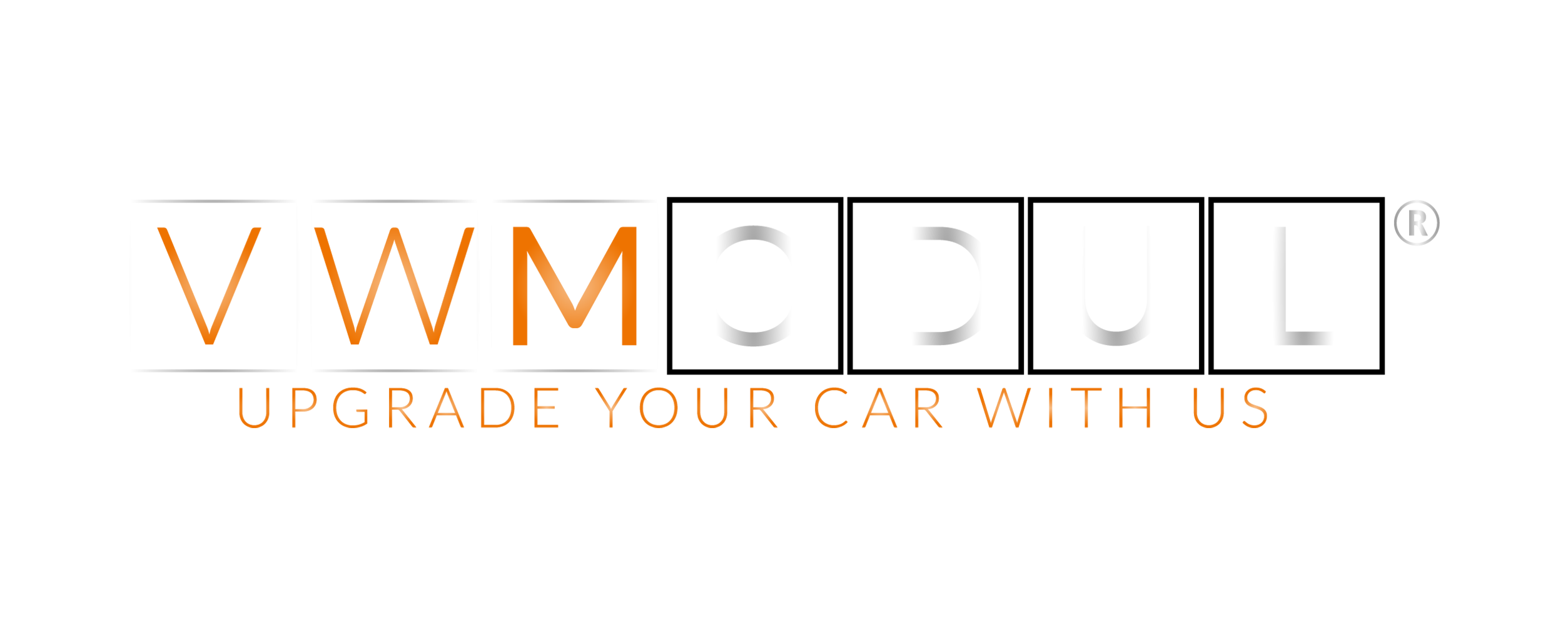How to Retrofit Your Cruise Control
Introduction
Here’s a step-by-step guide on how to retrofit your cruise control. This guide is meant for those who don’t have cruise control installed on their cars but would like to add it as an aftermarket accessory. Following these instructions, you can wire and install the cruise control module onto your vehicle.
What is Retrofitting?
Retrofitting is installing new or updated features on an existing vehicle. You can retrofit your cruise control by adding a new module to your car’s computer. This will allow you to control your car’s speed without using your gas pedal.
What is a Cruise Control?
Cruise control is a system that automatically controls the speed of a vehicle. It Can be used in most light-duty vehicles, such as passenger cars and trucks. iI is not recommended in poor driving conditions, such as on wet or icy roads.
Retrofitting is installing cruise control into a vehicle that did not come equipped with it from the factory. Cruise control retrofit kits are available for many makes and models of cars. Retrofitting cruise control can provide many benefits, such as increased safety on long trips and reduced driver fatigue.
What is the Purpose of Retrofitting?
The purpose of retrofitting is to upgrade or improve the performance of a car. It can be done for many reasons, such as increasing power, improving fuel economy, or adding new features. Retrofitting can also be done to make a car safer or more reliable.
How to Retrofit Your Cruise Control
You can save a lot of money by retrofitting your cruise control. You can do it yourself with a few tools and some basic knowledge. It’s a great way to save on gas and make your commute more enjoyable. Let’s get into the details.
Step One: Determine If You Need a New Cruise Control Unit
If your vehicle is equipped with cruise control, it probably has a vacuum-operated unit under the hood. These units are relatively simple and reliable, but they can fail. If your cruise control doesn’t work, the first thing you should do is check for a blown fuse. Replace the fuse, turn on the cruise control, and see if it works. If the fuse blows again, there may be a shortage in the wiring.
If the fuse isn’t blown and the cruise control still doesn’t work, you may need to replace the vacuum-operated unit. To determine if the unit is defective, apply a vacuum to the team with a hand-held vacuum pump. If the department holds a vacuum, it’s probably OK. If it doesn’t keep the void, it needs to be replaced.
Step Two: Choose the Right Cruise Control Unit
Cruise control retrofitting can be a great way to upgrade your car. But with so many different cruise control units on the market, it can be hard to know which one is right for you. This article will guide you through choosing the best cruise control unit for your car.
There are two main types of cruise control units: proportional and phase-based. Balanced cruise control units adjust the speed of your car based on how far away the vehicle in front of you is. This ensures that you maintain a safe following distance at all times. On the other hand, phase-based cruise control units adjust your car’s speed based on the speed of the vehicle in front of you. This can be helpful if you’re trying to match the speed of traffic, but it’s not as effective at maintaining a safe following distance.
When choosing a cruise control unit, it’s essential to consider the features that are important to you. Some units come with features like adaptive cruise control, which automatically adjusts your speed based on traffic conditions, and lane-keeping assists, which help keep your car in its lane. Other units have more basic features like automatic braking, resume, and accelerated functions.
It’s also important to consider the unit’s price when choosing a cruise control unit. Cruise control units range in price from around $100 to $1,000. The more expensive units tend to come with more features, but they may not be necessary for your needs.
Finally, it’s important to check that the cruise control unit you’re considering is compatible with your car. Not all teams will work with all vehicles, so it’s essential to check that the section you want will work with your vehicle before you purchase it.
Step Three: Install the Cruise Control Unit
Now that the cruise control switch is installed, it’s time to install the cruise control unit itself. The team will be located in the engine compartment near the firewall.
- Locate the cruise control unit and remove it from its packaging.
- Read the instructions that come with the unit carefully before proceeding.
- Attach the mounting bracket to the chosen location using the provided hardware.
- Place the cruise control unit in the bracket and secure it using the provided hardware.
- Connect the power supply wire to the terminal on the back of the unit marked “PWR.”
- Connect the ground wire to the terminal on the back of the unit marked “GND.”
- Route all wires away from moving parts and hot surfaces.
- Test your installation by starting the engine and activating the cruise control system.
Conclusion
We hope you’ve found this guide helpful in understanding how to retrofit your cruise control. As you can see, there are a few different ways to go about it, and the best method for you will depend on your specific vehicle and needs. In any case, we wish you the best of luck retrofitting your cruise control, and we hope you enjoy many miles of hands-free driving!









